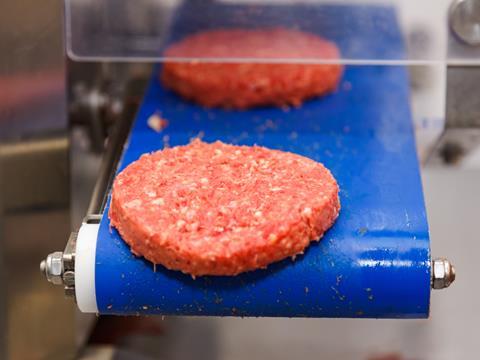
Jason Chester of InfinityQS ponders the question of how to address the headache of product recalls.
Recalls. It’s rare for a day to go by when one isn’t announced. A quick Google search right this very instant will prove testament to this. Recalls can be large or small, mandatory or voluntary, related to food, motor vehicles, electrical goods; you name it, they come in all shapes and sizes with one thing in common: a huge headache for the manufacturer.
When it comes to recalls, at best, they can materialise as minor blips that only serve to demonstrate a manufacturer’s competence and reactions when under pressure. At the other end of the scale, if they are handled poorly, recalls can mean irreparable damage for a brand, starting it on a path to its eventual demise. Social media has added a further ingredient to this. In year’s previous, a compliant might have been made directly to a supermarket, which is then escalated up the chain with often little to no fallout. Today, all it takes is someone with a smartphone to lay bare any failings across a plethora of channels and rating sites. The power of social media has now put organisations very much into the spotlight and if handled badly or get a response wrong, then you will feel the full force of the public.
So how do you go about performing a ‘good’ recall as opposed to a ‘bad one? Well, many might see the differentiating element being speed. The quicker a manufacturer can detect an error, the quicker products can be removed from shelves, reducing the threat to customers. This is partly true, but not the entire picture. Traceability in the manufacturing operation is often the key element that determines whether an organisation can take this kind of action.
Tracing the source
Recalls often come down to a single, or a small number, of processes in the manufacturing cycle that went wrong or failed. Whether the source is contamination of a food product by a foreign element, or a single machine malfunction affecting a specific product line of electronics, traceability is vital. Being able to act with speed, precision, and decisiveness in this situation is not something that any manufacturer should take for granted.

The crucial factor here is being able to identify where contamination from foreign elements occurred or where some other manufacturing error took place. For this to be effective, it is vital to have visibility across the entirety of manufacturing processes. Moreover, this overall view needs to be digitised and unified in one place, so that you don’t have to spend valuable time poring over paper records or manual data sets. When a recall occurs, you need to act quickly to prevent risk to consumers and to protect reputational damage amongst your retailer partners.
Having this kind of system in place enables an alternative way to enact a recall. It allows a manufacturer to pinpoint a list of products affected with a large degree of granularity, minimising the scale of the recall and therefore the financial cost to the business. It is also less unsettling for retailers, wholesalers, customers, and consumers by enabling them to easily see if they should avoid using, eating, or selling a product.
Traceability granularity should allow these entities to identify whether specific products are part of the recall. As a result, problems can be smoothly and rapidly contained without confusion. This pays huge dividends for both the consumer and retailer confidence amongst those brands that are involved. Taking control of a situation like this with speed prevents any long-term negative impact on the reputation of the company and its products while protecting consumers.
A quality management system that provides complete end-to-end traceability of the whole production line is essential here. If implemented effectively, a system can offer instant insight as to which finished batches may contain outside contamination or which ones may have been affected by a malfunctioning part of the manufacturing process, for example. It can also mean that manufacturers can put additional steps in place following a recall, to prevent a recurrence, whether this be in the form of additional quality checks, inspections, or reviewing specification limits, to prevent or minimise recurrent risk.
Arguably the biggest lesson a manufacturer will learn from a recall is hindsight – what you could-of/should-of done will dominate a lot of your afterthoughts post recall. Don’t let this be the case – by understanding the immediate threats today and where they lie, you can install the preventative measures needed to protect for tomorrow.



















